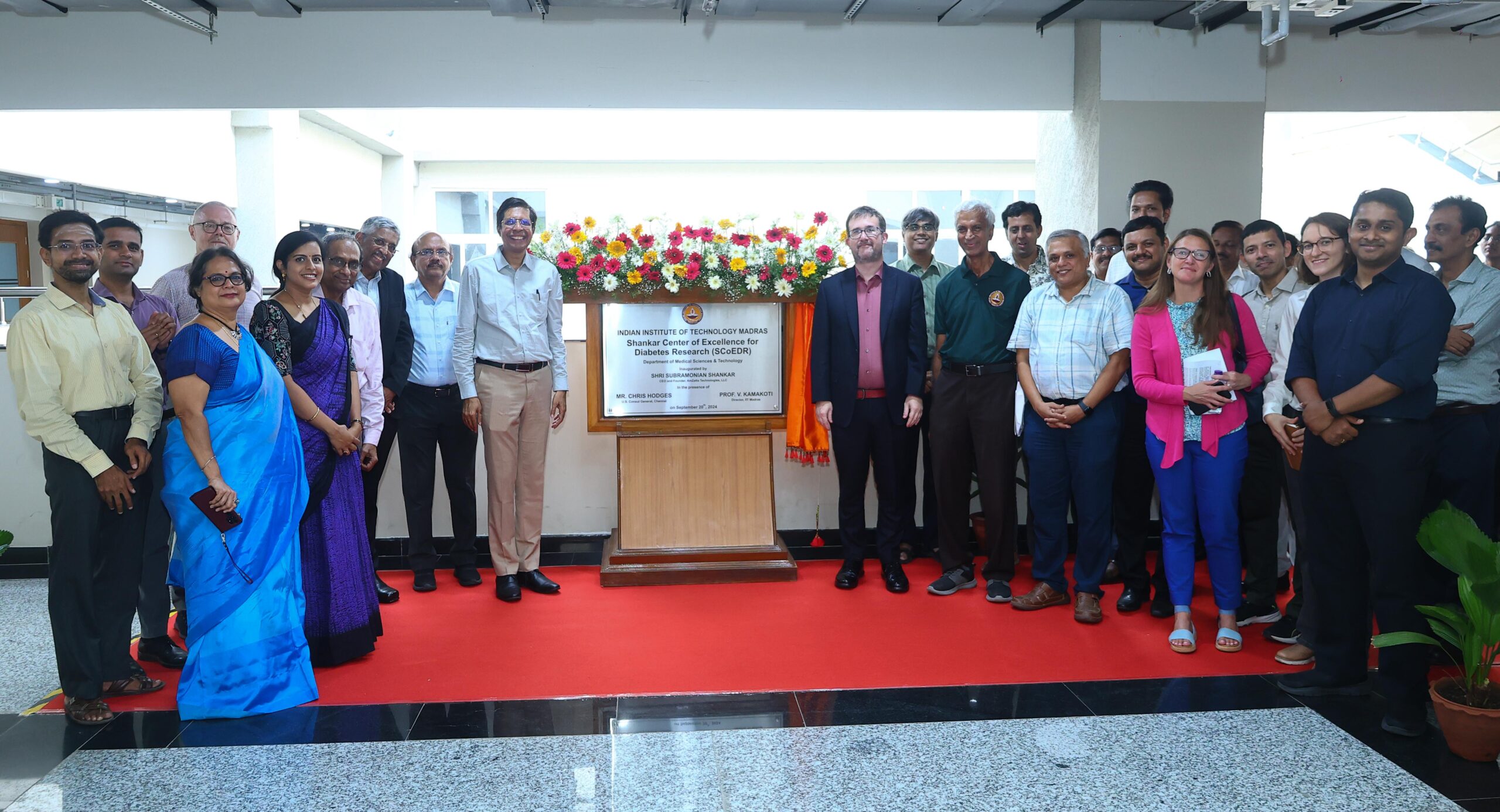Traditional print media losing ground to digital platforms, in both advertising and subscription revenues, is no longer news as the most recent FICCI – EY 2024 report has confirmed, yet again. While digital platforms reported a 15 per cent growth in advertising and 9 per cent growth in subscriptions (according to the report), print media reported just a 4 per cent growth in ad revenues and yet made the headlines.
Even in print, barring a few major national players, most outlets struggle to stay afloat as is evident in the shrinking weight of the newspapers delivered at your doorstep on most days. Yet, there are those ‘small’ newspapers that continue to buck the global trend with their robust content and local connect.
Vincent D’Souza, owner-editor of the Mylapore Times, a weekly English newspaper focusing on just a four-square-kilometre area in south-central Chennai, is one of those rare journalists who stuck to hyper-local journalism for over three decades now despite beginning his career at larger media outlets with national outreach.
He believes that small newspapers – Vincent insists on not labelling his product as a community newspaper because he isn’t interested in associating it with any specific community – often overlooked, still have a lot of potential in India but there are not enough professionals to run them well.
“Most small newspapers do not take their editorial content seriously and focus only on getting advertisements. Local politicians, businesspersons and other influential people start small newspapers in their neighbourhoods without any experience in journalism and bundle out soon.”
Journalist Vincent D’Souza
“Most small newspapers do not take their editorial content seriously and focus only on getting advertisements. Local politicians, businesspersons and other influential people start small newspapers in their neighbourhoods without any experience in journalism and bundle out soon. If you can connect with your reader and are completely honest with them, small papers can definitely find an audience still,” he says.
With a circulation that runs into several thousand copies (Mylapore Times had a circulation of 35,000 copies for a while before the Covid-19 pandemic) in Mylapore, Vincent has over the years built a loyal audience who continue to pick his publication even before national dailies like The Hindu and Times of India for local news.
With a circulation that runs into several thousand copies (Mylapore Times had a circulation of 35,000 copies for a while before the Covid-19 pandemic) in Mylapore, Vincent has over the years built a loyal audience who continue to pick his publication even before national dailies like The Hindu and Times of India for local news.
He ventured into the small newspaper business with an initial capital of just around Rs. 1,00,000/- and his business grew over the years but Mr. D’Souza remains a hyper-local journalist after all these years.
“With a small office and an editorial team of about one-and-a-half people, I am currently running this publication. I get news tips from my readers, they update me of everything happening in their neighbourhoods,” he asserts.
The Mylapore Times has a small office space out of which three clerical staff, an advertising professional, a circulation in-charge, and a techie operate (for the portal). “I have a full-time photographer who acts as my eyes and ears on the field, a sub-editor who works remotely from Pune, and a roving reporter. However, I have news sources all over Mylapore. At least a hundred people tip me off on any development in our circulation area on a regular basis and they are my asset,” the veteran journalist insists. “I also continue to do reporting from the field even now.”
When asked about how he manages to outwit competition from major news publications with such a small team, Vincent immediately divulges into an election-related news story that he did after 2019 Lok Sabha elections and intends to repeat soon. “When we came to know that our Lok Sabha constituency registered only about 57 per cent votes, we decided to probe a little further and find out why so many people failed to vote. So we collected the electoral list from the Election Commission and went door-to-door across two streets (as a sample) to verify if the voters were present and if they were, find out why they did not vote.”
“I have a full-time photographer who acts as my eyes and ears on the field, a sub-editor who works remotely from Pune, and a roving reporter. However, I have news sources all over Mylapore. At least a hundred people tip me off on any development in our circulation area on a regular basis and they are my asset.”
Vincent D’Souza
The Mylapore Times team found that at least four to five per cent of the voters in those two streets had died but their names were still in the list. Several had moved out of town for work and other purposes and their names were also in the list. “Now, this is new information that we want to share with the Election Commission. If we clear all these names from the list, the voting percentage automatically goes up. This sort of reporting can be easily taken up only by neighbourhood newspapers like us. Larger publications might not have the reporting depth to go door-to-door” Vincent points.
Despite being a small publication, Vincent and his team do not shy away from doing the critical/affecting stories that concern their neighbourhood, occasionally attracting the displeasure of local officials. “But that is why people respect Mylapore Times, they know that if we write a news item, it would be professionally verified information. It’s a trust we have built over the years.”
The publication also profiles local school toppers, sports heroes, and other concerned citizens who deserve recognition along with local events, religious festivals and other cultural activities that keep readers glued.
With the readers taken care of, bringing in advertisers has not been a big challenge. “Our advertisers are mostly hyper-local like our readers. The local sofa repair guy would want his ad on a prominent space every week right next to the air-conditioner repair guy and so on. They know exactly where they want to be seen. Advertisers are often suggested to come to us through our readers who know where to look for a particular kind of service in our publication,” Vincent adds.
Mylapore Times is printed out of a press in the suburbs and brought to the neighbourhood from where at least 30 agents distribute it to every street and business establishment. The publication is also available in over 100 outlets, including banks where the public can pick up a copy.
While the publication does have a robust portal that is updated daily, Vincent still believes in the magic of print and roots for the same. “We just need to adapt to the digital era and change our way of presenting news on paper,” he says and cites his publication as an example for surviving the digital news onslaught.
At 64, the veteran journalist remains as passionate as he had been about his profession as he was four decades ago and claims that he will continue to run small newspapers for as long as he lives.
Besides Mylapore Times, Vincent has been involved in launching and running a few other community newspapers including the Pondicherry Times, Adyar Times and Arcot Road Times.
A version of this article has appeared in the LinkedIn page Influencing India News



